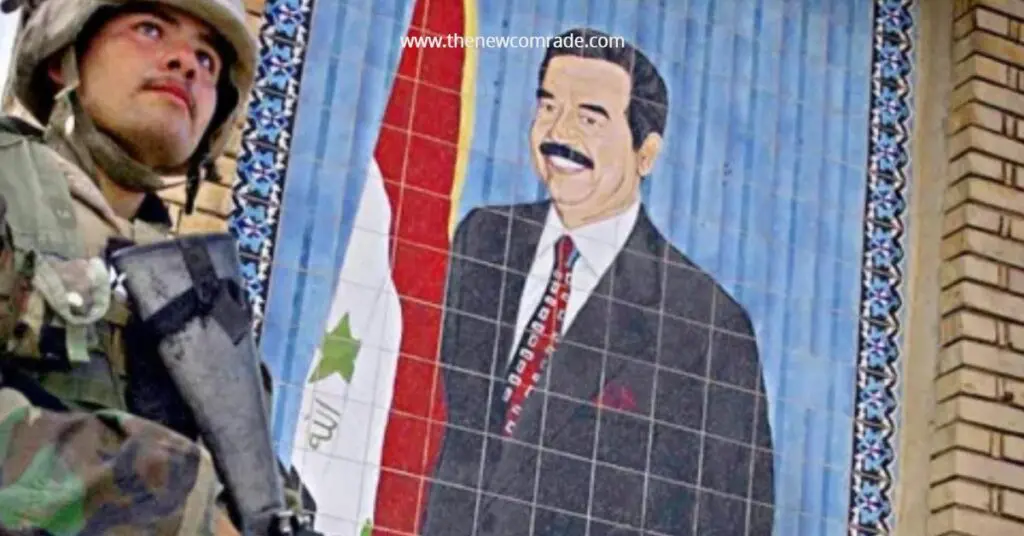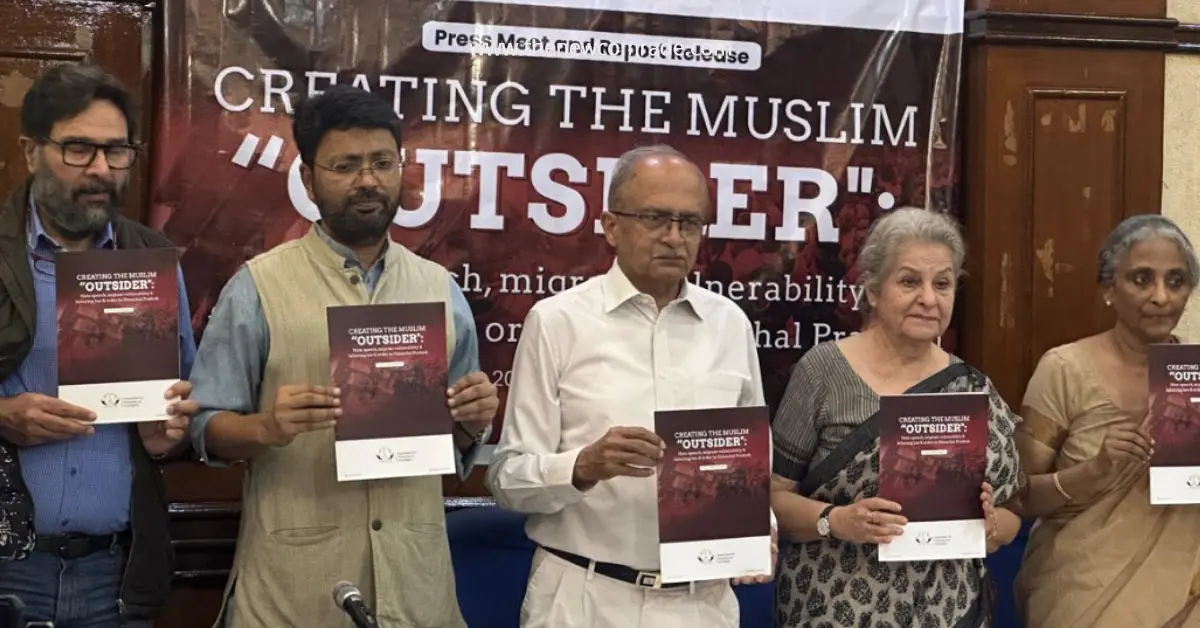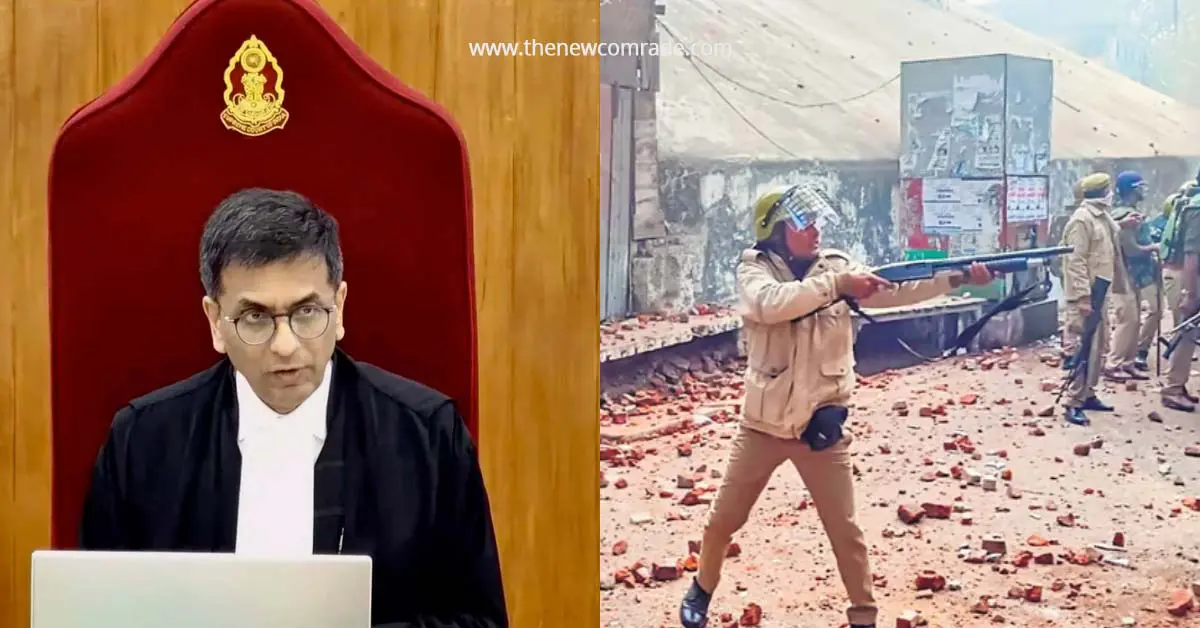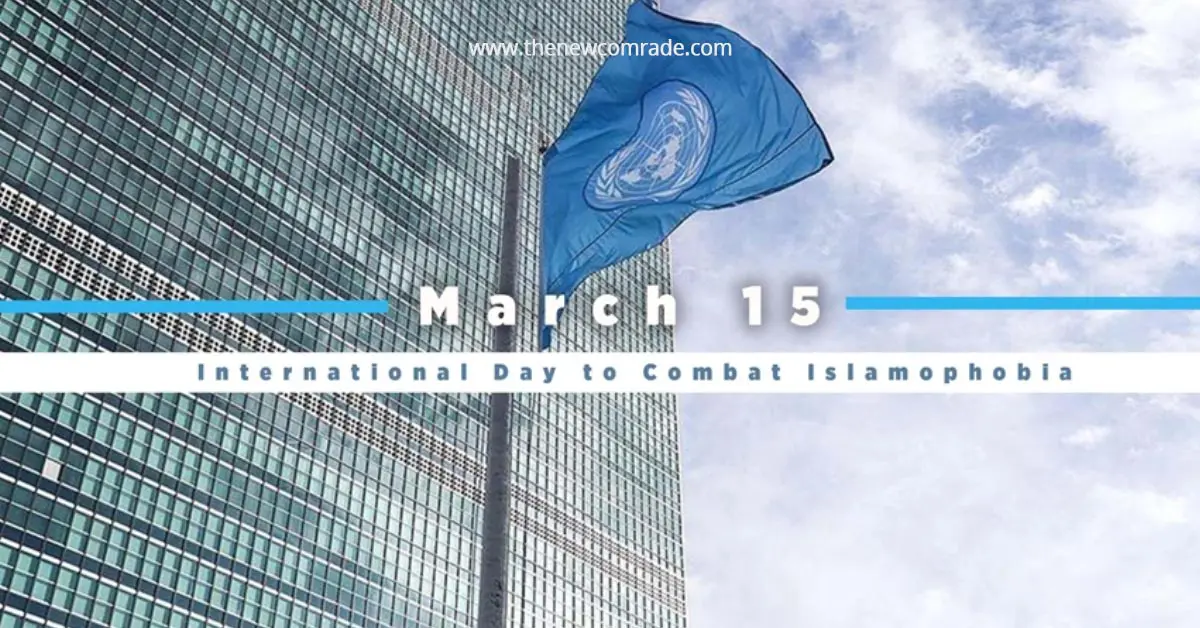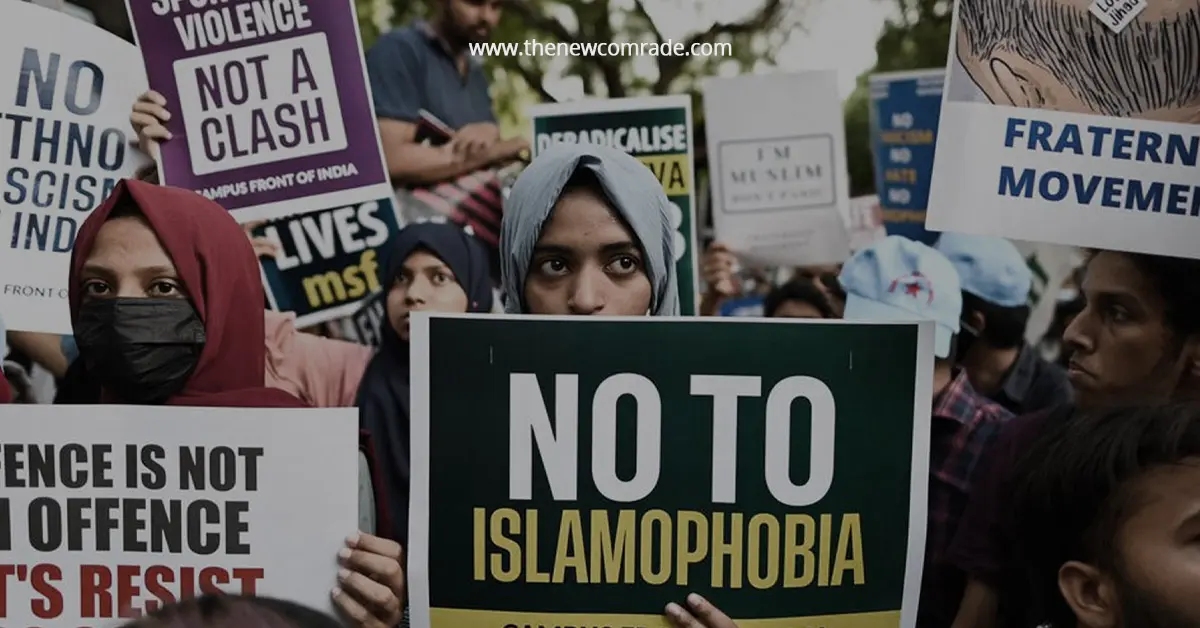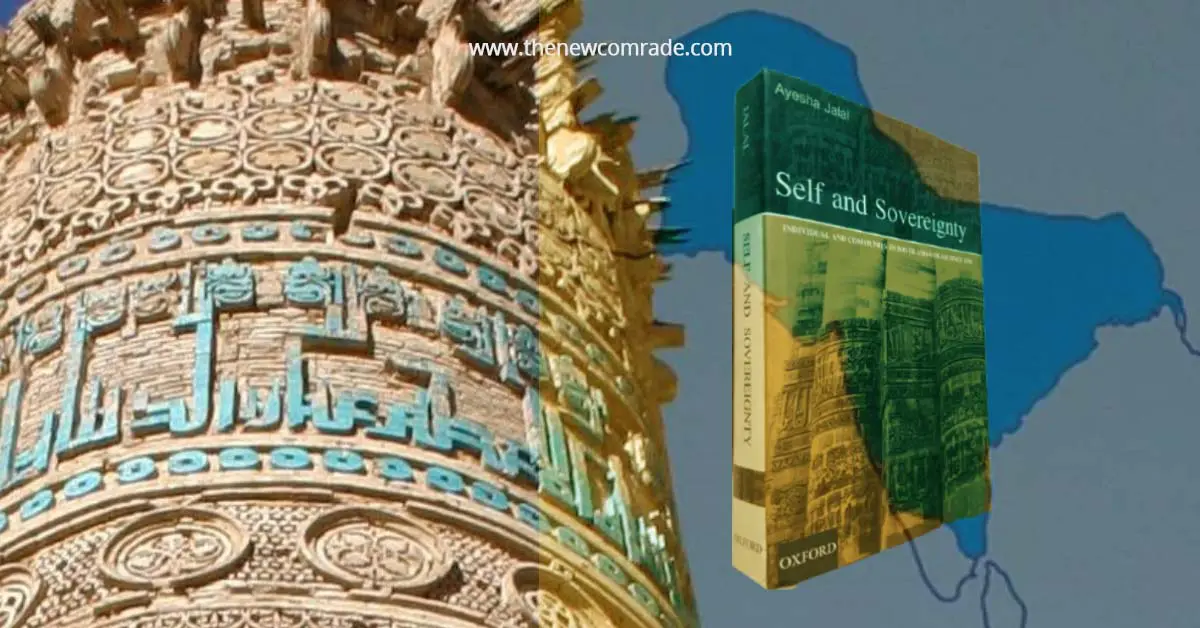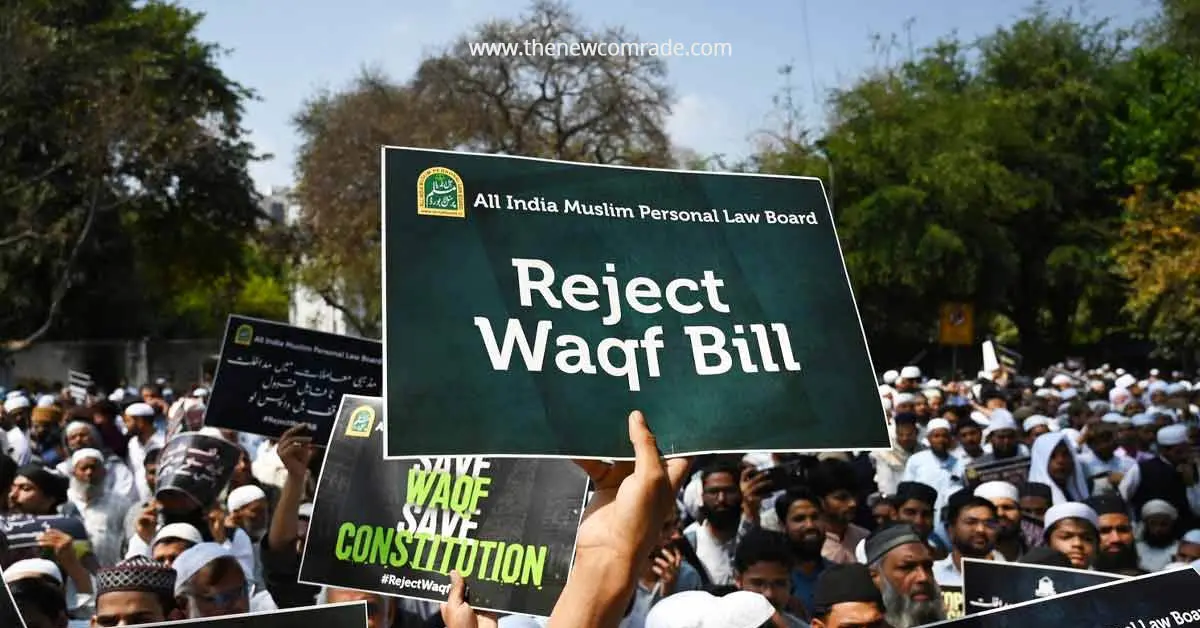The Middle East has been besieged by international conflicts for the majority of its modern history. European nations have tried to invade the provinces of the Middle East since the beginning of the nineteenth century in order to control its environmental capital and geo-strategic location. Over two centuries later, the region is embroiled in another cycle of acute conflicts, with both superpowers and regional powers competing for territorial dominance.
The core of the global oil market was under threat of conflict from its beginning, but instead of the normal panic purchasing by traders and consumers, a wave of US shale drillers seized the chance to lock in pricing for future supply. As the initial price surge was blunted, the subsequent rapid decline in price was experienced. These deals, known as hedges, along with a significant increase in Asian oil stockpiles and rising US crude exports, have created a market that is able to quickly recover from disruptions that were previously thought to be nightmare situations.
The Gulf War began on August 2, 1990, when Iraqi President Saddam Hussein’s forces attacked oil-rich Kuwait. Hussein thought that Kuwait’s oil deposits would help pay back Iraq’s substantial debt from its recent conflict with Iran, also he thought that by this move Iraq would be able to hold a significant bargaining power as the gatekeeper to Middle Eastern crude oil fields. American officials were concerned that Iraq’s invasion of Kuwait would be the first stage in a bigger push to cement its authority over other Middle Eastern nations, such as Saudi Arabia. The Iraq Army had about one million men in its armed forces, making it the world’s fourth largest military force—in part, ironically, since the US had sent weapons to Iraq to aid in its struggle against Iran.

Bush made it clear in his State of the Union speech on January 29, 2002, that the US would fight “terrorist organizations” and any nation thought to be financing, arming, or supporting “terrorism”. “States like these, and their terrorist accomplices, create an axis of evil, seeking to threaten global peace,” he declared. Iraq was mentioned in the speech as a member of the alleged “axis of evil” in further detail. The George W. Bush declared that Iraq “continues to flaunt its hatred against America and to encourage terror.” This government permitted international inspections but afterwards expelled the inspectors. A secret is being kept from the developed world by this administration.
The post-mortem analyses of the conflict obscure the extent of popular support for American military action at the outset of the conflict and, perhaps more significantly, in the months preceding it. President George W. Bush and his administration successfully rallied the public and Congress to support the use of military force in Iraq throughout 2002 and the beginning of 2003. A number of factors contributed to the administration’s success in these endeavors, not the least of which was the atmosphere of public opinion at the time. The possibility of using military force as part of what Bush referred to as the “global war on terror” was met with extraordinary acceptance by Americans, who were still in shock over the horrific events of September 11, 2001.
On September 11, 2001, terrorist attacks changed the course of US foreign policy and military might. In response to the attacks, the US began the War on Terror, a global military effort to dismantle terrorist networks and stop further attacks. They also formed a coalition of more than 40 nations to combat terrorism. Additionally, the country’s increased emphasis on counter terrorism and national security has strengthened its position as a strong military force. In other parts of the world, such as Iraq, where it intervened to overthrow Saddam Hussein’s government in 2003, the US military also became more involved.
Whereas the Iraq Survey Group (ISG) did not discover an active WMD programme, several analysts have noted that despite this, the group had acquired evidence that Saddam intended to restart the plan as soon as sanctions imposed against Iraq were eased. Uncertainty was a key element in the months leading up to the war, claims Melvyn Leffler, author of Confronting Saddam Hussein. According to Leffler, it felt like an overwhelming sensation of threat. “In the days and weeks following 9/11, the intelligence community created a “threat matrix,” a daily summary of all incoming threats. The president received this list of threats every single day.
The Iraq War was a military confrontation that began in 2003 with a multinational coalition headed by the United States invading Iraq. The invasion was justified on the grounds that Iraq held weapons of mass destruction (WMDs) and represented an imminent danger to global security. Under the presidency of George W. Bush’s administration, the United States claimed that Iraq’s possession of WMDs posed a severe danger to both the United States and the global community, and that military intervention was required to prevent Iraq from deploying these weapons. Yet, no proof of WMDs was discovered in Iraq following the invasion.
The invasion proved divisive and provoked protests all over the world. Opponents said that the war was unconstitutional because it was not authorized by the UN Security Council and was justified by erroneous pretexts. The war deposed Saddam Hussein’s administration, but it also resulted in huge civilian losses and destabilized the country, leading to continued instability and strife. Although the U.S. military is still the most powerful in the world and has demonstrated its capacity to overthrow governments, neither the desire nor the capacity of American policymakers and military leaders to accurately predict and prepare for “the day after” a government is overthrown is present. Unfortunately, Iraq is just one of many interventions in the larger Middle East that have resulted in protracted, seemingly unanticipated insurgencies and leaders of the new governments who were not what the United States had anticipated or desired.
But the years-long occupation, which was staged in the name of ending terrorism, was a psychological drain on the beleaguered and still war-scarred Iraqi population. The announcement of the seizure of Iraq’s weapons and their mass destruction was a cry for blood by the American forces, and the American forces withdrew from this war after killing more than 200,000 people (according to official records) and leaving many more people alive.
These interventions to ensure security in the Middle East helped the United States create an Islamophobic narrative in the mainstream. Even 21 years after the attacks, Muslims still face the possibility of targeted violence and are making an effort to convey correct and true narratives about Muslims in order to stem the propagation of false information.
